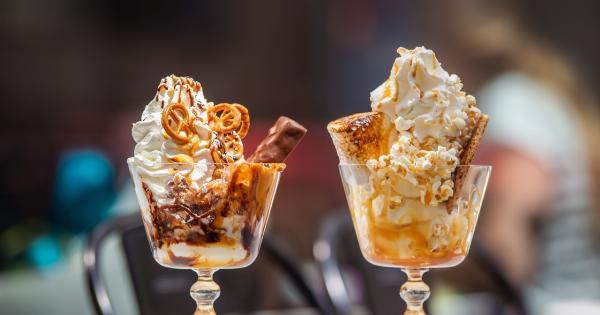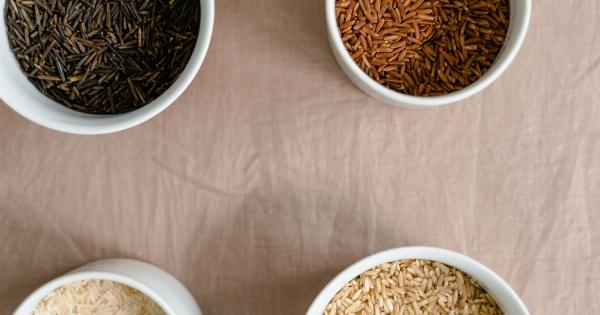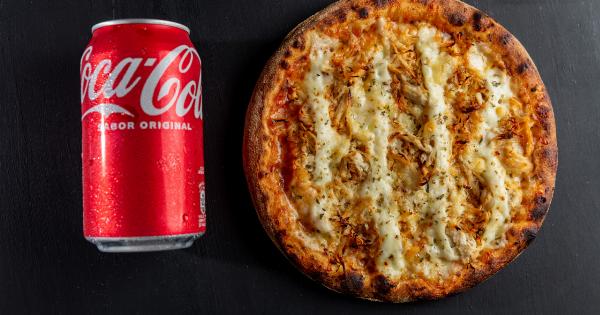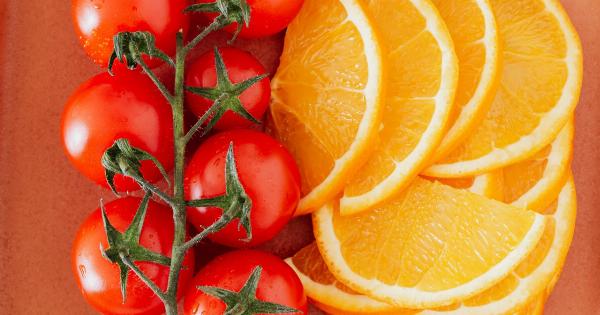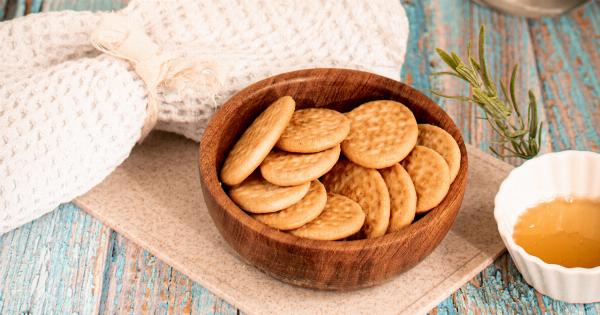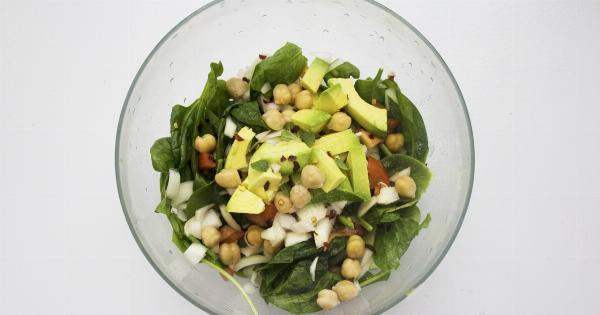Ice cream is one of the most popular desserts in the world. Not only does it taste delicious, but it also contains a significant amount of energy.
In this article, we will explore how much energy is in ice cream and what factors contribute to its caloric content.
What is energy?
Energy is a measure of the amount of work that can be done by a system. In the case of food, energy is often measured in calories or kilojoules.
One calorie is the amount of energy needed to raise the temperature of one gram of water by one degree Celsius. One kilojoule is equal to 1000 joules, which is another unit of energy.
How much energy is in ice cream?
The amount of energy in ice cream can vary depending on the type and serving size. Generally speaking, one cup (about 145 grams) of vanilla ice cream contains around 210-270 calories.
However, if the ice cream is higher in fat or sugar, the calorie count can be much higher. For example, a cup of chocolate ice cream can contain up to 400 calories or more.
Factors that contribute to the energy content of ice cream
There are several factors that contribute to the energy content of ice cream:.
- Fat content: Ice cream that is higher in fat will contain more calories. Fat has 9 calories per gram, compared to 4 calories per gram for both protein and carbohydrates.
- Sugar content: Ice cream that is high in sugar will also contain more calories. Sugar has 4 calories per gram, so a serving of ice cream that has 20 grams of sugar will contain 80 calories just from the sugar alone.
- Serving size: The more ice cream you eat, the more calories you will consume. A small serving of ice cream may contain around 150 calories, while a large serving could have 600 calories or more.
- Added ingredients: Toppings and mix-ins like candy, nuts, or syrups can significantly increase the calorie count of ice cream. Some popular toppings like hot fudge or caramel sauce can add over 100 calories per serving.
The nutritional value of ice cream
While ice cream is high in energy, it is not necessarily a good source of nutrition. Most ice cream is high in fat and sugar and low in other nutrients like vitamins and minerals.
However, some types of ice cream, like those made with real fruit or low-fat milk, may offer some nutritional benefits.
How to make a lower calorie ice cream
If you want to enjoy ice cream without consuming too many calories, there are several things you can do:.
- Choose low-fat or sugar-free options: These types of ice cream will generally have fewer calories than regular ice cream.
- Watch your portion size: Stick to a smaller serving size to limit your calorie intake.
- Avoid toppings: Skip the high-calorie toppings and opt for fresh fruit or nuts instead.
- Make your own: There are many recipes available for homemade ice cream that use healthier ingredients like low-fat milk, fruit, and natural sweeteners.
Conclusion
Ice cream contains a significant amount of energy, primarily from fat and sugar. The calorie count can vary depending on the type and serving size, as well as any added ingredients.
While ice cream is not a particularly nutritious food, it can be enjoyed in moderation as a treat. To reduce your calorie intake while still enjoying ice cream, choose low-fat or sugar-free options, watch your portion size, and avoid high-calorie toppings.

